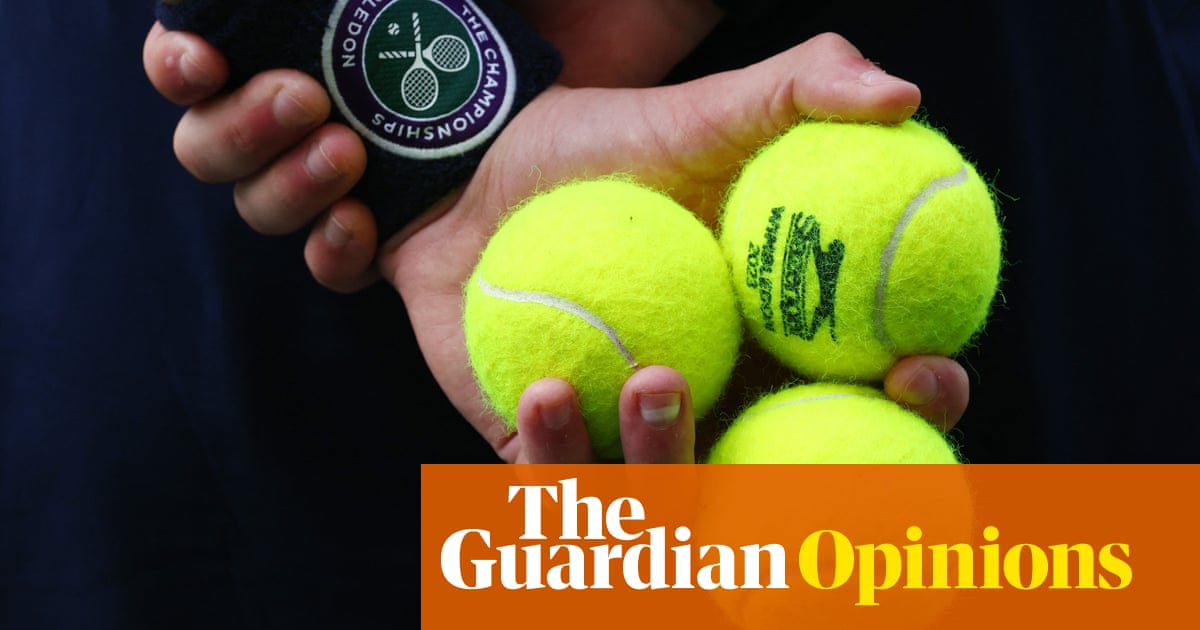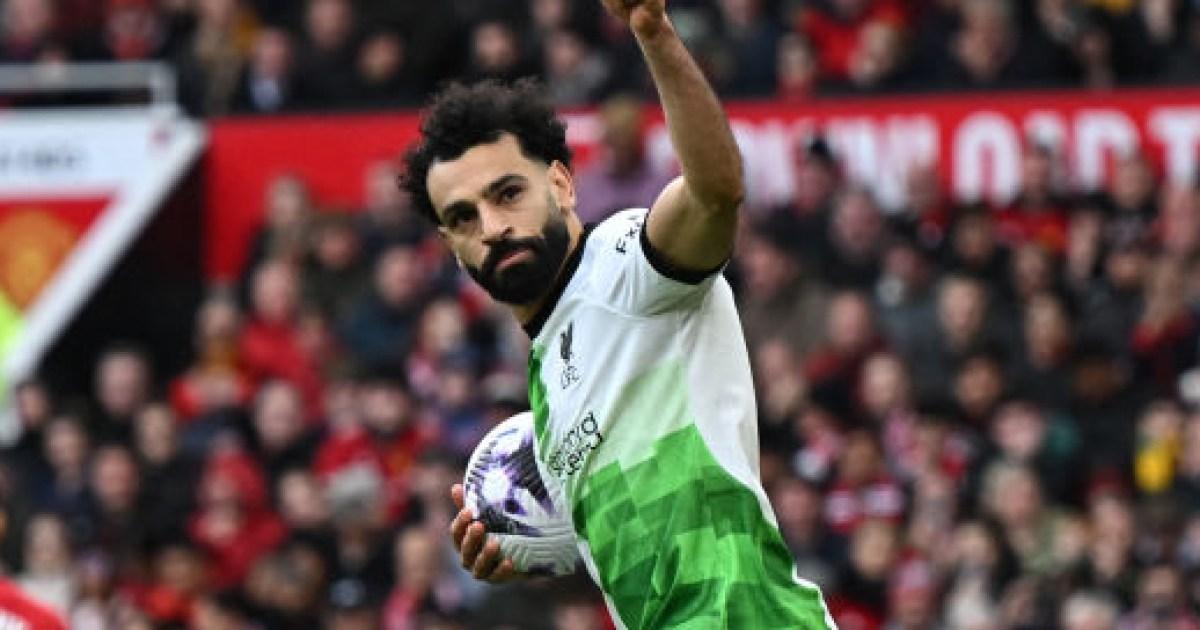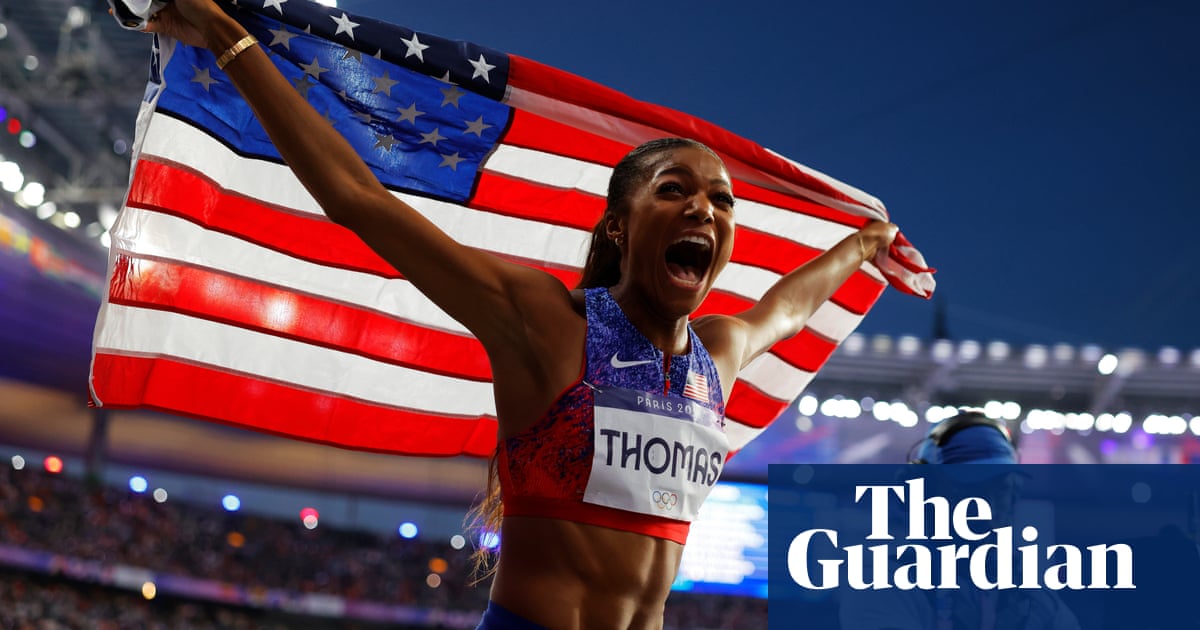During her glory days as a professional tennis player, Gabriela Sabatini evolved from a child prodigy to an icon. By her 26th birthday, though, the 1990 US Open champion was burnt out. Among her frustrations was a refrain that has echoed from too many players across the decades: the season was too long. “The only free month was December but because matches start again in January you have only 10 days off then you have to train,” Sabatini said in an interview with the Guardian in 2003.
For decades, the length of the season has put a strain on players and it is one of numerous complaints that have gone unresolved. Players outside the top 100 also still struggle to break even, with inflation devouring the modest prize money on the ITF World Tennis Tour. The calendar is fractured and illogical, failing to minimise travel distances between tournaments along with the sport’s carbon footprint.
Meanwhile the sport’s governing bodies – the four grand slam tournaments, the Association of Tennis Professionals, the Women’s Tennis Association and International Tennis Federation – have often been in competition rather than working together to improve the sport. Since the dawn of the Open era more than 50 years ago, one of the few points of agreement is that the sport has been too fractured to live up to its potential.
Enter the Premier Tour, a new format now being pushed by the four grand slam tournaments. If they succeed, it would overhaul the current system and change the face of the sport.
While the proposals are not fully developed, the proponents of this tour want to create a streamlined product to replace the current inefficient, sprawling 48-week affair. The tour would be reduced to 10 large events with 96-player draws for both men and women alongside the four majors, a year‑end final and a team event. Around 100 players would qualify each year, with lesser players competing on a separate developmental tour and being eligible to reach the Premier Tour come the end of the year.
Tennis often seeks inspiration from other sports and the Premier Tour is plainly an attempt to copy Formula One’s grand prix format. There are merits to these ideas, such as a shorter season and the alignment of men’s and women’s tours with equal prize money, but it also feels like the tennis version of the European Super League proposed in football. It has the makings of a tour focused on elite players, and may make a lot of money, but threatens to erase many of the sport’s current virtues.
One of the key reasons tennis is so popular is its global reach. Despite this, some of the sport’s leaders seem interested only in Anglo countries, parts of western Europe, and piles of money provided by oil‑rich Middle Eastern countries and China.
This was evident in Sports Illustrated’s interview with Lew Sherr, the US Tennis Association’s chief executive, who tried to explain the merits of the Premier Tour. “You might have six events in a given week,” he said. “Fans struggle to know where they should be watching. Why is [Jannik] Sinner playing in Rotterdam and [Carlos] Alcaraz is somewhere in South America?”
The unmentioned locations in South America that had the opportunity to glimpse Alcaraz’s greatness: Buenos Aires and Rio de Janeiro, two major, global cities.
The fluidity of the rankings is also part of the magic of the tour, with lower-ranked players able to rise swiftly at any point in the year. One day a player can be competing on the ATP Challenger tour, the next day they are toppling Alcaraz in a major tournament. The 500- and 250-level tournaments would be crushed, and players outside the top 30 would largely become cannon fodder for the elite, with opportunities for them to win tournaments significantly reduced.
As officials ponder the possibility of the Premier Tour, these ideas are in some ways a response to the emerging presence of Saudi Arabia in the sport. The initiative has particularly been orchestrated by Craig Tiley, chief executive of Tennis Australia, whose organisation would take a significant blow if Saudi Arabia hosts a Masters 1000 event at the beginning of the year.
After signalling their interest with a number of exhibitions in recent years, including a match between Novak Djokovic and Alcaraz in Riyadh in 2023, and Rafael Nadal’s appointment as an ambassador of the Saudi Tennis Federation, the Saudis have finally arrived in tennis.
In February the ATP and the Public Investment Fund, the Saudi sovereign wealth fund, struck a lucrative strategic deal, incorporating PIF in a number of its initiatives, including as title sponsor of its rankings. At the Miami Open its presence was conspicuous, from its logo on the back board to the incessant sponsored social media posts.
after newsletter promotion
Saudi Arabia’s growing profile in professional tennis could take the sport in a completely different direction to the proposed Premier Tour. PIF is keen to host a significant event on the calendar and to have a strong presence in the tennis ecosystem. Meetings conducted with Andrea Gaudenzi, the ATP chief executive, in Saudi Arabia culminated in PIF offering more than $1bn (£790m) combined to the ATP and WTA.
The ATP confirmed to the Telegraph that it has opened the bidding process for a 10th Masters 1000 event, and it is clear that relevant parties include Saudi Arabia, Qatar, the United Arab Emirates and Tennis Australia. While discussions surrounding the Premier Tour are still at an early stage and it is uncertain how far they will go, Saudi Arabia’s growing presence and influence in tennis is undeniable.
On Thursday, Saudi Arabia made its biggest move within the sport as the WTA finally confirmed that the WTA Finals will be held in Riyadh in a three-year deal starting in 2024.
For months it has been an open secret that its flagship event would be held in Saudi Arabia, prompting the WTA last year to supply players with talking points on the subject. While the majority of players either echoed those talking points or declined to comment, at Wimbledon a dissenting opinion came from Daria Kasatkina, the highest ranked out gay singles player.
“It’s easier for the men because they feel pretty good there,” said Kasatkina, who travels with and vlogs alongside her girlfriend, the figure skater Natalia Zabiiako. “We don’t feel the same way. Money talks in our world right now. For me, I don’t think that everything is about the money.”
As another European clay-court season begins, tennis stands at a tipping point with multiple possibilities ahead and, with them, ample uncertainty and doubt.
-
Do you have an opinion on the issues raised in this article? If you would like to submit a response of up to 300 words by email to be considered for publication in our letters section, please click here.







